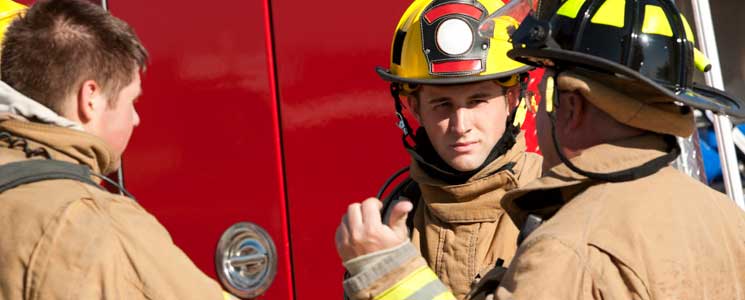Fire and Rescue Services
What is this Service?
The goal of Fire Services is to protect the life and property of citizens and businesses from fire and other hazards. There are three primary fire safety activities provided in communities.
Specific objectives include:
- Public education and fire prevention
- Fire safety standards and enforcement
- Emergency response
Influencing Factors:
- Fire Prevention and Education: Enforcement of the Fire Code, and the presence of working smoke alarms.
- Geography: Topography, urban/rural mix, road congestion, fire station locations and travel distances from those stations.
- Nature and Extent of Fire Risk: Type of building construction or occupancy, i.e. apartment dwellings vs. single family homes vs. institutions such as hospitals.
- Response Agreements: Depending on response agreements between Fire Services, Emergency Medical Services (EMS), and hospital protocols, responses to medical calls can be a significant activity.
- Service Levels: Set by municipal councils, based on local needs and circumstances (staffing, resources, response expectations, etc.), and in accordance with the Fire Protection & Prevention Act, Section 2(1)(b).
- Service Standards: Service level standard included in the MBNCanada measures is each municipality’s 90th percentile response time standard (minutes and number of personnel) in the urban component of the municipality. These standards affect the number/locations of stations, vehicles and firefighters required.
- Staffing Models: Use of full time firefighters or composite models that include both full-time and part-time or volunteer firefighters.
Additional Information:
To improve the comparability of the information in this report, separate urban and rural results have been provided where appropriate:
- Urban areas have been defined as those served by full-time firefighters stationed with their vehicles on a continuous basis
- Rural areas are defined as those served by volunteer firefighters who are engaged in other professions, but are on call to respond to emergencies as they arise
The one exception to this is the City of Thunder Bay, which uses full-time firefighters to serve both urban and rural areas. Where this report provides separate rural and urban data, Thunder Bay’s results have been summarized entirely as “urban” to improve the comparability with other municipalities served by full-time firefighters.

